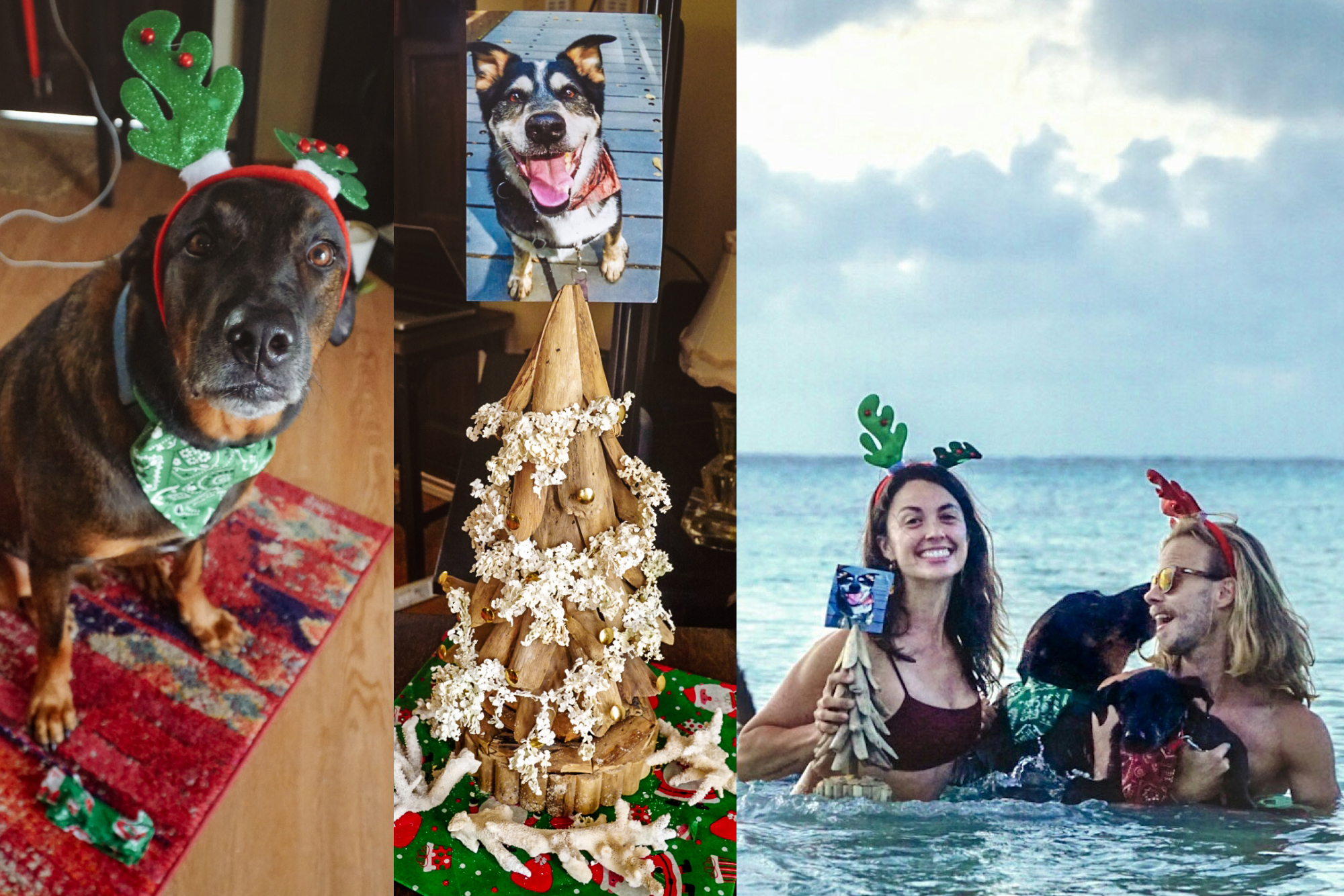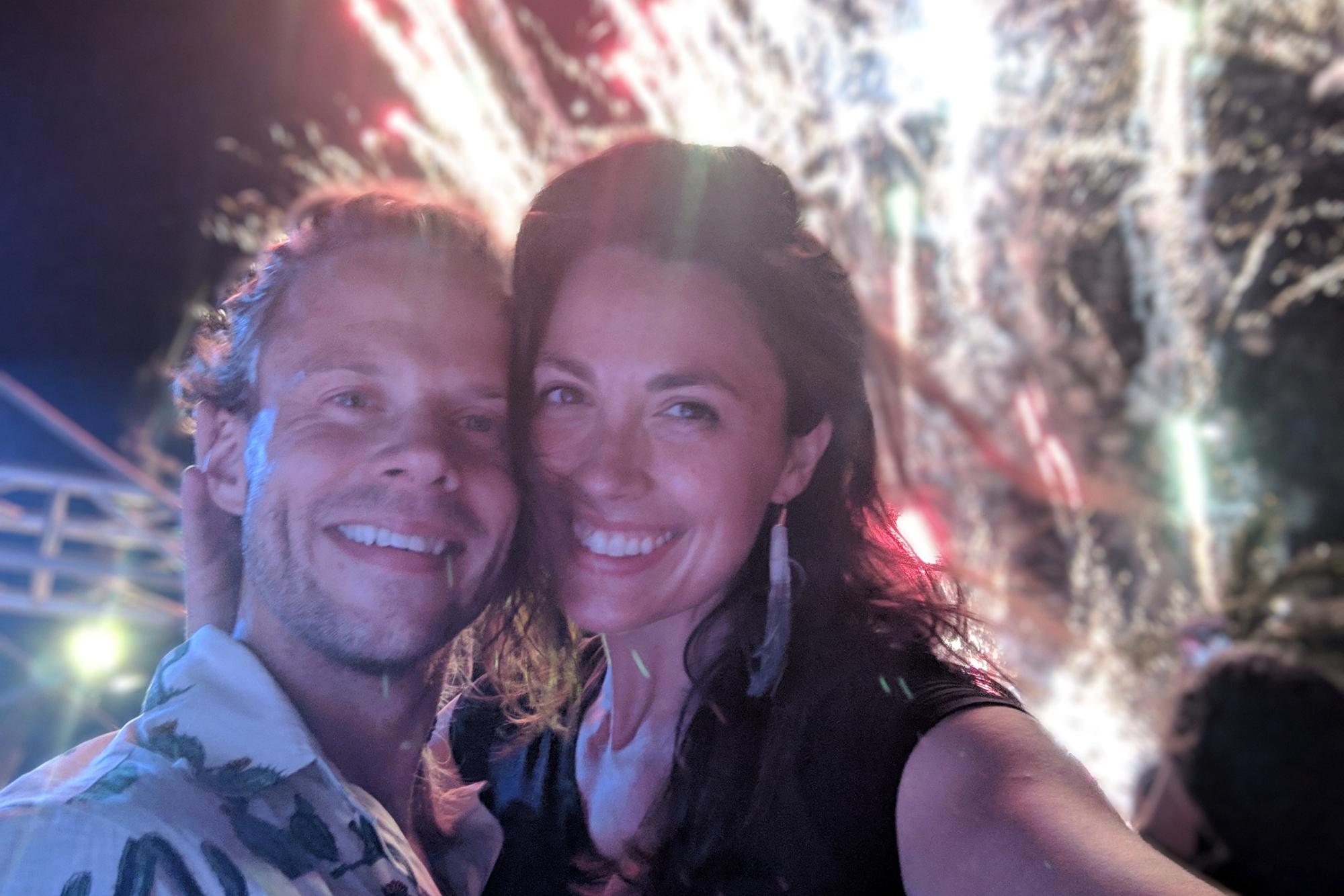Originally we were planning on Ton Sai beach in Thailand to spend our holiday month. Luckily, our old college buddy, Robbie, got to us before we booked our flights.
Robbie lives in the middle of the of the ocean. At least that’s what it looks like on Google Maps. Part of the U.S. as a territory and rich with history from WWII, Saipan is a remote island that is part of the Mariana Islands. The major draw to spending the holidays in Saipan was seeing our good college friend and having a homely ‘break’ from on-the-go traveling. The only things we knew for sure of Saipan was that it was Robbie’s home and it was ravaged by typhoons. We later were pleasantly surprised that it also offered tropical beaches, hikes, an active tightly knit community, and was off the beaten traveller trail. We booked our round trip tickets out of Hong Kong to depart the day we flew in from Taiwan.
Christmas and New Years

When we arrived, we already had a handful of choices of where we could stay. We knew that we would have a place to stay but, considering we were used to traveling we were expecting a futon in someone’s living room or if we were lucky, a spare bedroom. Since it was the holiday month a lot of local transplants were off island and in need of house sitters or pet sitters. Luckily, we got both! It was perfect because the house came with responsibilities of taking care of wonderful weirdo dog named Watson.




